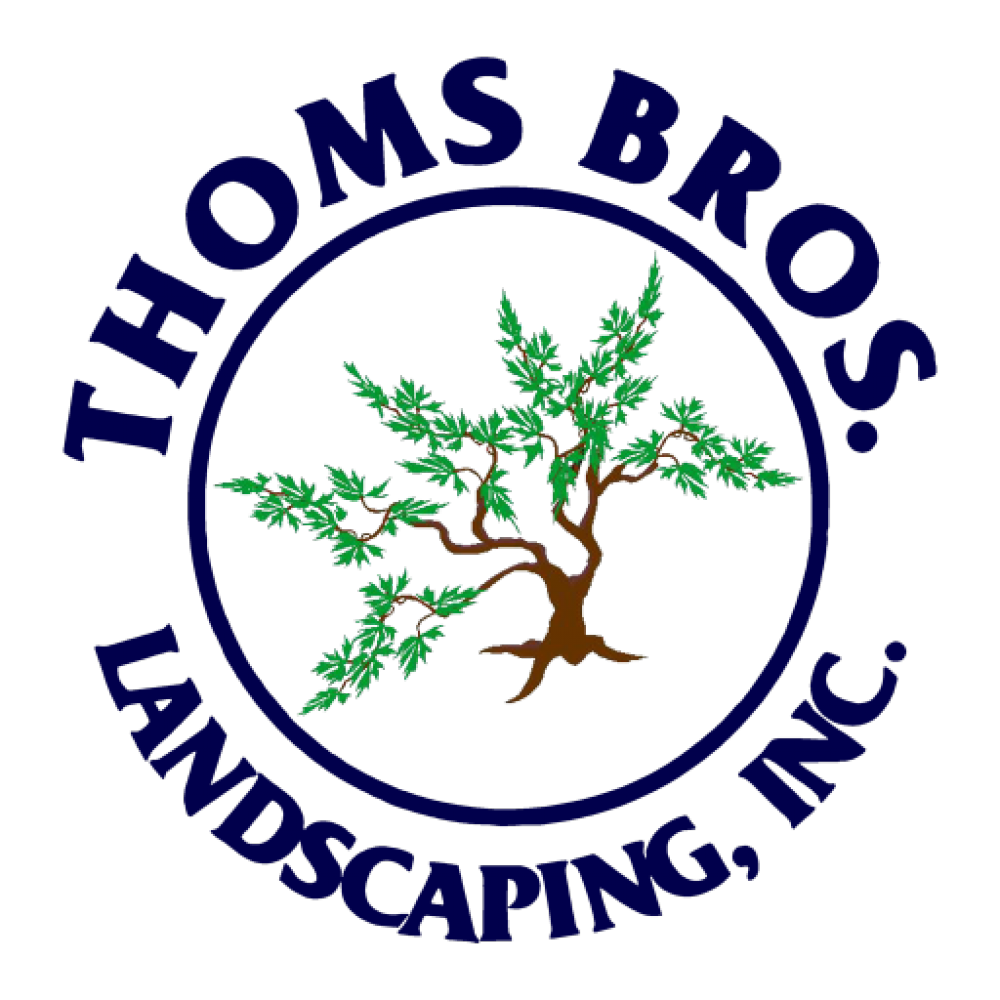Deer & Rodent Damage
We will continue to explore the many issues that winter can cause problems to the plants in our landscapes. Even though mammals (i.e. deer and rodents) can cause issues all year round, the most severe damage seem to be in the winter when other food sources for these animals are limited.
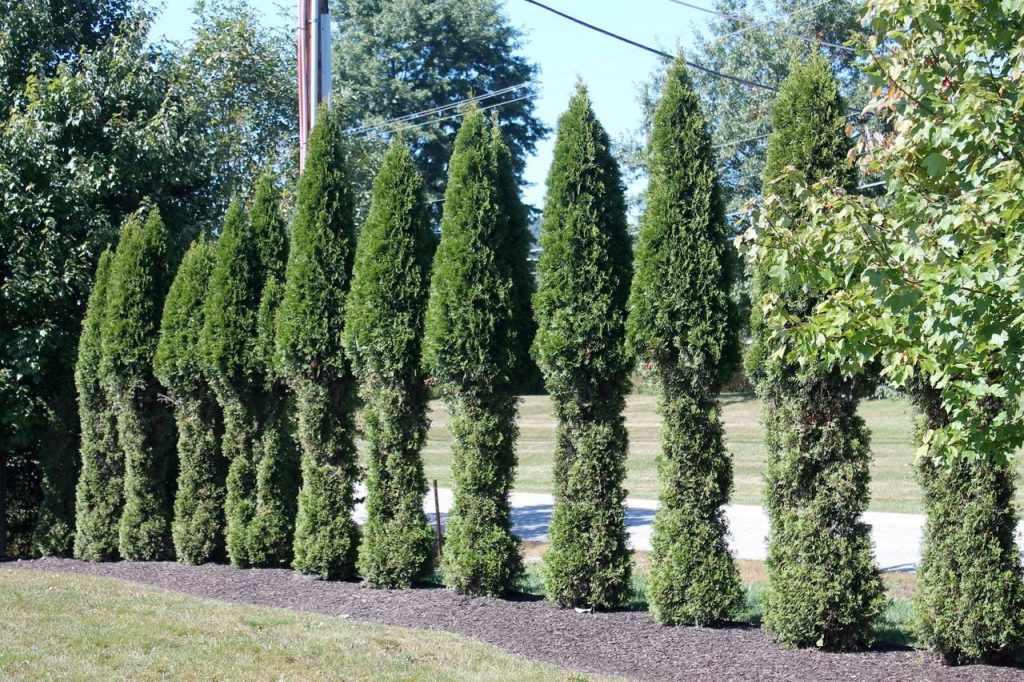
Throughout much of Michigan, white-tailed deer have become a major garden and landscape pest. When food is scarce in winter months, deer will heavily browse on some evergreen plants, including arborvitae (Thuja occidentalis) and yew (Taxus sp.). Installing fencing around plants susceptible to deer is the most effective method of protection, but it can be quite expensive and impractical in some landscapes. Fences should be 8 feet high and well-constructed to prevent deer from breaking down the fencing or jumping over it. When motivated and provided enough space to get a running start, deer can clear fences as high as 12 feet.
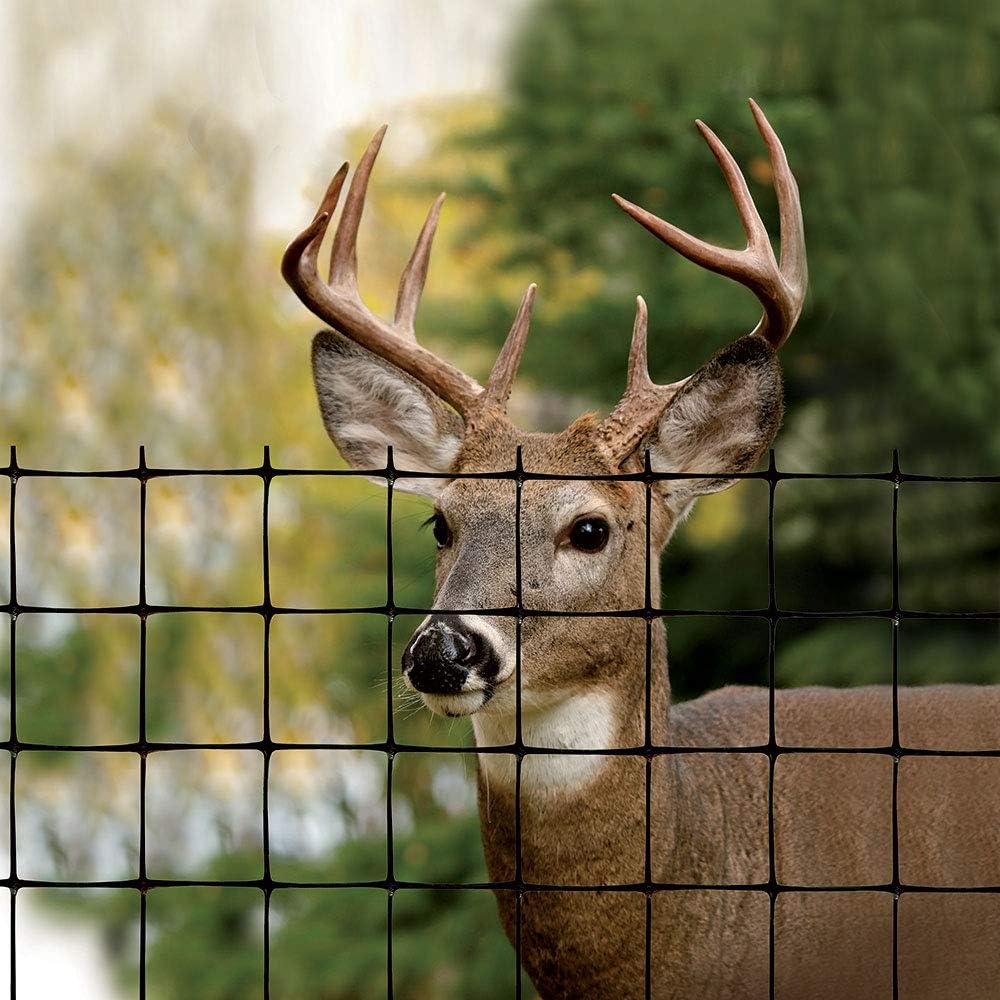
Many repellants are also available on the market with mixed degrees of effectiveness. In general, repellents that trigger a fear response are most effective. These products generally contain putrescent egg solids, predator urine or slaughterhouse wastes, and they may not be appropriate for use near heavily-trafficked walkways or buildings. Alternatively, you can place area repellents near affected plants, such as bar soap or garlic “sticks.” These repellents are usually clipped or hung from the branches of trees and shrubs that deer enjoy. If deer are only an occasional issue in your garden, you may find that they provide enough protection. Even in the best of circumstances, repellents will never completely eliminate deer damage, but they can help reduce it. For best results, make sure to apply repellents according to the product label.
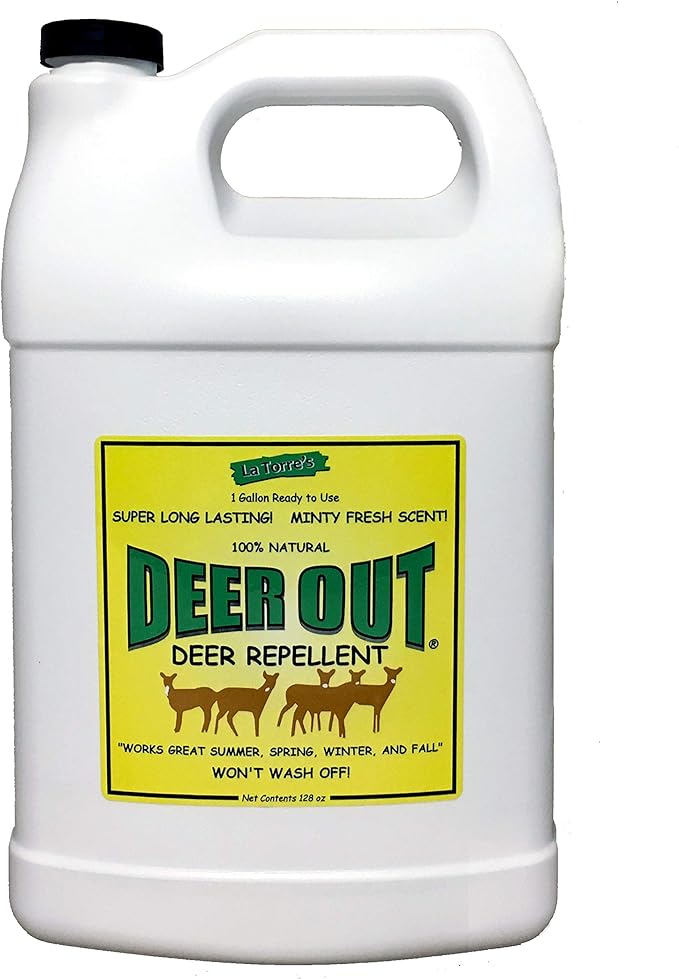
Note that all deer-proofing methods work best when they are employed early in the season. Start applying repellents in the mid-to-late fall to discourage deer from making regular visits to your landscape. If deer are starving, there is little that will prevent them from feeding on your plants as hunger will overcome a bad taste or fear.
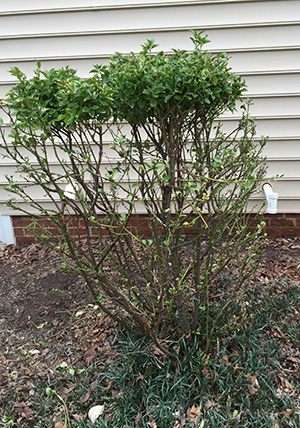
Mice, voles, and rabbits chew off tree bark at ground level or below. They sometimes completely remove the bark around the tree’s base. Once the damage is done, there is not much you can do. Allowing the tree to seal wounds on its own and taking steps to prevent additional damage are the best ways to manage the situation. If damage is too great the plant will die.
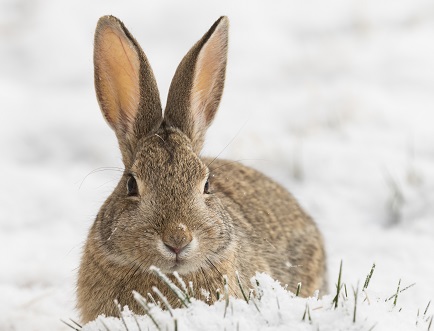
The best overall strategy for protecting your trees and shrubs from animal browsing is to reduce areas of habitat and use physical barriers to prevent them from getting to your plants.
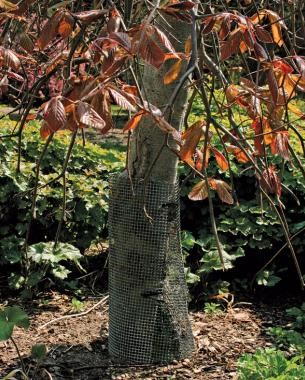
Reducing animal damage on plants starts with eliminating protective cover and a desirable nesting environment.
- Cut grasses and other vegetation short in late fall within 2 feet of young trees to reduce protective cover for mice and voles that might feed on trunks and stems.
- Discourage rabbits from taking up residence in your yard by reducing protective cover, removing brush piles, and fencing off other hiding places such under decks and other structures.
- Keep mulch away from the base of the tree, and examine it frequently for the presence of mice or voles.
Protect tree trunks with cylinders of ¼-inch mesh hardware cloth around the trunk of the tree about 6 inches away from the trunk. This can be kept on year-round.
- For mice, the cylinder should extend 2 to 3 inches below the ground line.
- For rabbits, the cylinder should extend 18 to 24 inches above the anticipated snow line.
- Make sure there are no gaps between the bottom of the mesh cylinder and the ground where animals could crawl under the fencing.
- For small trees, plastic tree guards are also effective.
- Protect shrubs from rabbits by fencing the beds with hardware cloth.
- Enclose the lower branches as well as the trunk.
- Check fenced areas frequently to make sure rabbits aren’t trapped inside.
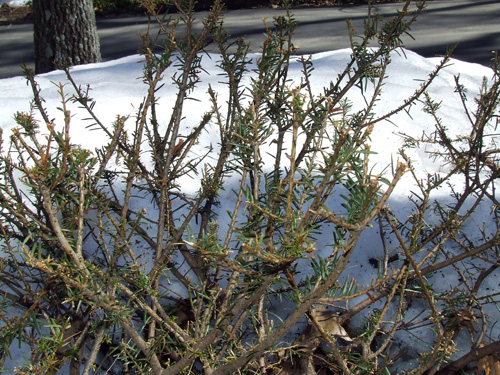
If you have many trees or shrubs to protect, using screens and wraps may be too expensive and time consuming. In such situations, repellents may be the best solution.
A repellent is not a poison, it simply makes plants taste or smell bad to animals.
- Spray or paint repellents on trees and shrubs.
- One application of a repellent is usually enough for the entire dormant season.

